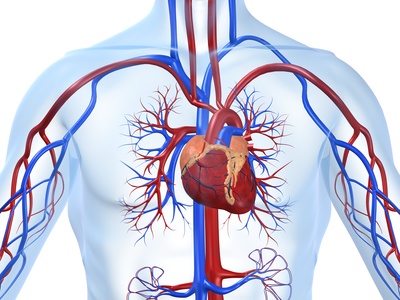The incidence of peri-procedural transcatheter heart valve embolization and migration (TVEM) is as low as 1%. However, it is associated with increased morbidity and mortality.

Peri-procedural TVEM is one of the most feared complication given its potential to transform the procedure into a catastrophe, but little do we know about its incidence (except for a few reports from one single center) or, more importantly, its impact in patient prognosis.
This study recently published in the European Heart Journal sheds some light on this event, since it assessed a large cohort of patients treated in 26 internationally renowned centers.
Between 2010 and 2017 TVEM occurred in 273 patients (0.92% of the entire cohort), 217 to the ascending aorta and 56 to the left ventricle. The use of the self-expandable prosthesis, 1st gen devices and bicuspid valves were the independent predictors of TVEM.
Read also: Trying to Reduce Post TAVR Kidney Injury.
Bail-out maneuvers to prevent a definite catastrophe included the use of snares (41%), implanting a second valve (83.2%) and conversion to surgery (19%).
Using propensity score, researchers were able to match 1:4 a cohort of 235 patients presenting TVME and another cohort of 932 patients who did not present TVME. The first group showed increased all-cause mortality at 30 days (18.6% vs 4.9%; p<0.001) and one year (30.5% vs. 16.6%; p<0.001). Something similar happened with stroke at 30 days (10.6% vs. 2.8%; p<0.001), but not at one year.
The need for emergency cardiovascular support, major stroke at 30 days and kidney injury increased mortality risk at one year, while a good kidney function at baseline was protective.
Conclusion
Peri-procedural TVME has around 1% incidence and is associated with significant mortality and morbidity incresase.
Original title: Incidence and outcome of peri-procedural transcatheter heart valve embolization and migration: the TRAVEL registry (TranscatheteR HeArt Valve EmboLization And Migration).
Reference: Won-Keun Kim et al. European Heart Journal (2019) 40, 3156–3165.
Get the latest scientific articles on interventional cardiologySubscribe to our weekly newsletter
We are interested in your opinion. Please, leave your comments, thoughts, questions, etc., below. They will be most welcome.





